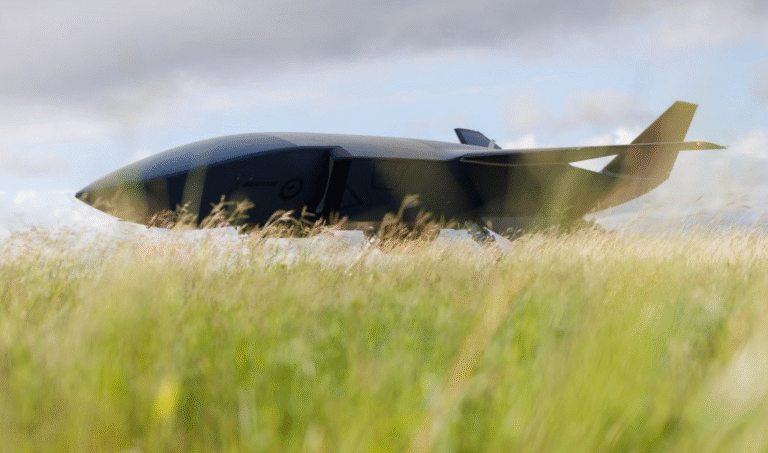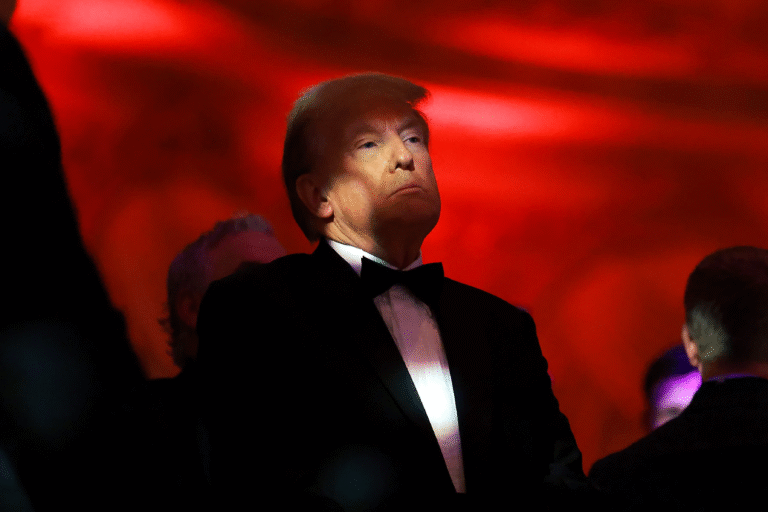
In recent years, many in Washington have focused on deterring China from invading Taiwan. Before taking office earlier this year, Elbridge Colby, the U.S. undersecretary of defense for policy, asserted that Taiwan should be “laser focusing on implementing a denial defense against invasion.” Indeed, an array of small, inexpensive weapon systems holds great promise for repelling a Chinese amphibious landing. The Trump administration’s new National Defense Strategy is therefore correct to embrace a strategy of denial for stopping an invasion of Taiwan.
But rebuffing an invasion might not end the war. Joel Wuthnow, an expert on the Chinese military, has warned, “There is no scenario in which China, following an unsuccessful invasion, accepts responsibility, acknowledges that military solutions are impractical, or pivots to a fundamentally different set of political objectives toward Taiwan.” In the wake of a failed invasion, Chinese leader Xi Jinping (or his successor) would be unlikely to simply pack up and go home. Instead, Chinese leaders might reason that they have less to lose by continuing the fight.
This is why the political scientist Michael Beckley has argued that “war over Taiwan likely would become protracted, as nearly all great power wars have since the Industrial Revolution.” World War II ended only when Allied forces captured Germany’s capital and the United States dropped nuclear weapons on Japan. Neither option seems advisable in the context of a U.S.-Chinese war; Washington needs to find other ways to end it. And so, in the years to come, the United States must prepare two forces: one to stop a Chinese invasion and another to end the conflict. Preventing a war from starting in the first place will rely to some extent on the innovative forms of deterrence by denial on which the Trump administration and others have focused. But denial capabilities on their own will not be enough. Ending a war that churns on even after a failed invasion will also require old-fashioned power projection.
IN DENIAL
In the twentieth century, the United States perfected the art of projecting power around the globe. A combination of forward bases and aircraft carriers allowed U.S. forces to operate worldwide. With the fall of the Soviet Union in 1991, the U.S. military’s dominance also meant that one set of forces could employ two distinct forms of deterrence simultaneously: denial and punishment.





